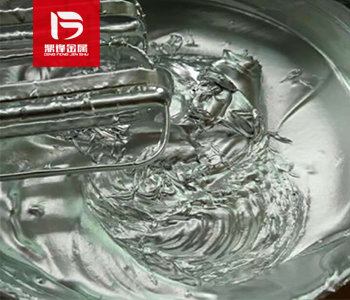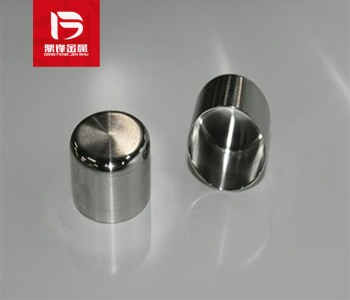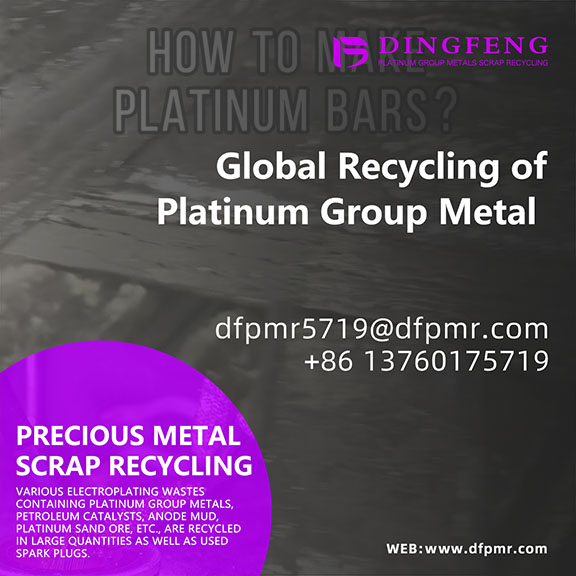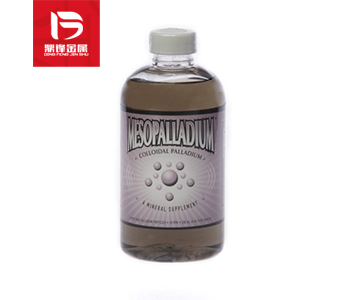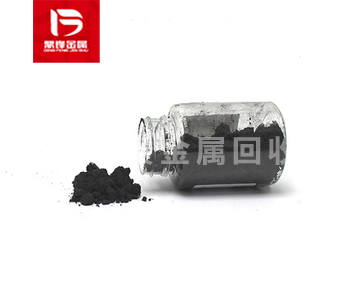Indium oxide recovery_ Indium trioxide recovery_ Rare metal catalyst recycling manufacturer
Indium oxide is an important inorganic compound with the chemical formula In₂O₃. Indium oxide is an inorganic compound with a high melting point of about 1910°C. It appears as a yellow or gray powder with good thermal stability and optical properties. Indium oxide is a semiconductor material with high conductivity and transparency, so it is widely used in transparent conductive films, optoelectronic devices, display technology and other fields. Waste indium oxide is one of the sources of recycling of indium-containing precious metal catalysts. Other sources of recycling of indium-containing precious metal catalysts include indium sulfide recycling, indium hydroxide recycling, indium fluoride recycling, indium acetate recycling, indium chloride recycling, etc.
Product Details
Indium oxide is an important Inorganic compound, with the chemical formula of In ₂ O ∨. Indium oxide is a Inorganic compound with high melting point, and its melting point is about 1910C. Its appearance is yellow or gray powder like material, with good thermal stability and optical properties. Indium oxide is a semiconductor material with high conductivity and transparency, which is widely used in fields such as transparent conductive films, optoelectronic devices, and display technology.
The preparation methods of indium oxide mainly include the following:
1. Direct oxidation method: This is a common method for preparing indium oxide. In the laboratory, metallic indium or indium compounds can react with oxygen at high temperatures to produce indium oxide. The temperature of the reaction is usually between 500C and 1000C, and the reaction process can be expressed by the chemical reaction equation as 2In+3O ₂ 2In ₂ O Å. In industrial production, high-temperature calcination is usually used to place indium compounds (such as indium ore) in a high-temperature furnace and undergo oxidation reaction in an oxygen atmosphere to obtain indium oxide.
2. Sol gel method: This is a common solution chemical preparation method. Firstly, a solution containing indium ions is mixed with an appropriate oxidant to react at a lower temperature to generate indium oxide colloids. Then, through the calcination process, the organic matter in the colloid is removed to form a pure indium oxide powder.
3. Vapor deposition method: This is a method of preparing indium oxide thin films under vapor phase conditions. In the process of vapor deposition, metal organic compounds or metal halides are introduced into the reaction chamber in the form of gases, and indium oxide is generated through thermal decomposition or oxidation reactions, forming a thin film on the substrate.
Waste indium oxide is one of the sources of recovery of indium containing noble metal catalysts. The recovery of indium containing noble metal catalysts includes Indium(III) sulfide recovery, Indium(III) hydroxide recovery, Indium(III) fluoride recovery, indium acetate recovery, Indium(III) chloride recovery, etc. If you have any demand for the recycling of catalyst waste containing indium precious metals, please call our 24-hour service hotline. Dingfeng Precious Metal Recycling and Refining Factory has its own recycling and refining factory without intermediaries to earn price differences. Our professional technical team and customer service personnel provide one-on-one services to ensure customer privacy during the recycling process.



